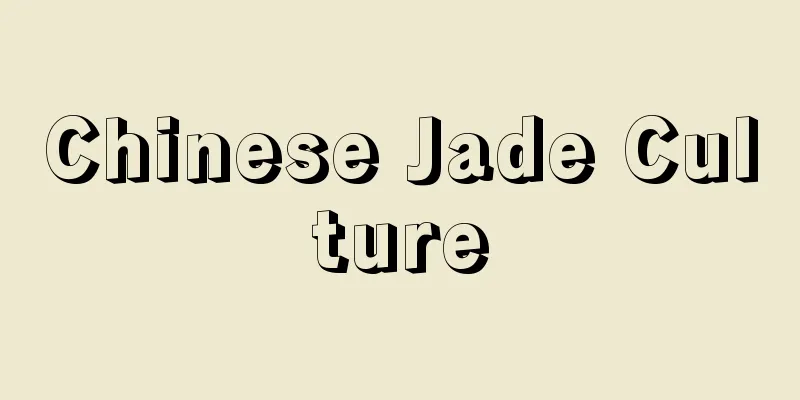I bought a jadeite rough stone for 500 at the night market. I thought I lost money after cutting it open, but I didn’t expect it to make a strong comeback after carving!

|
The white-based green variety is one of the most widely distributed types of Burmese jade. It has a finer texture and a generally white base color. Sometimes there will be some impurities and a brighter green color. The green and white are more distinct because of the white base color. Most of the green parts appear in clumps. These aspects are different from the flower-blue variety. Most of the white-based green varieties are opaque, which is what experts call lack of water. They believe this is a new variety. Today I brought a piece of white-based blue-green material from the Mu Na mine, which I bought at the night market for 500 yuan. It has been peeled and is very small. Its texture is very soft and delicate, so the probability that this stone will bring us surprises is very high. Next, let's feel what kind of surprises jade can bring us from raw stone to finished product. There are no cracks, and except for the lack of water quality, all other aspects are very perfect. As the saying goes, "If the quality is not enough, color can make up for it." Now that the color is there, the carving master has made advance preparations on the material. The design subject is a small lotus pod. The title painting in the picture below is the first draft of the carving of this white-based green material. The next step is to carve it carefully step by step. After carving, the beautiful little lotus pod is completed, and after polishing it is definitely a fine work. Picking lotus flowers under the moonlight, getting lotus seeds every night As light as a clear lake, the lotus breeze enters the room Lotus pods contain many lotus seeds Lotus seeds are the homophone of “lianzi”. The ancients meant "many children and grandchildren, a house full of descendants" There is a beautiful wish for a child in it It also means good luck. The more exquisitely carved the jade is, The higher the craftsmanship value, The more people like it, So, in today's jade carving, The most common ones are the carving techniques! Carving technique 1: round carving↑↑↑ Round sculptures are also called three-dimensional sculptures, which refer to non-compressed, A three-dimensional sculpture that can be appreciated from multiple directions and angles. It requires the sculptor to carve from all directions: front, back, left, right, top, middle and bottom. The viewer can see all sides of the object from different angles. Carving technique 2: relief ↑↑↑ Relief is a method of compressing volume. Carve raised patterns or shapes on the surface of jadeite raw materials. In this way, the three-dimensional and spatial sense of the jade carving pattern is expressed. It is a decorative carving technique that appeared after the round sculpture. Depending on the thickness being compressed, Relief can be divided into three types: deep relief, medium relief and shallow relief. Generally, jade carvings combine three carving methods to fully display the beauty of jade. Carving technique three: openwork ↑↑↑ Openwork carving refers to hollow carving, which retains the raised part of the object and partially hollows out the back part. On the basis of the relief, the background part is hollowed out, and the back is mostly expressed in the form of a screen. There are cross-shaped hollow carvings, circular hollow carvings, decorative hollow carvings, etc. Carving technique 4: chain carving ↑↑↑ Chain carving is a carving technique that hollows out a whole piece of material and carves it into a movable chain. This carving technique has very high requirements on the quality of jade. Generally speaking, chain carving is recommended only for raw stones that are fine and without cracks. Because, during the whole process of chain carving, Ring carving is an extremely delicate and difficult technique. If you are not careful, the chain will break and the jade will be destroyed, and all your previous efforts will be wasted. Carving technique five: hollow carving ↑↑↑ Openwork carving is also called openwork carving. It is based on relief carving. The background part is hollowed out, some are single-sided carvings, and some are double-sided carvings. This carving technique can clearly show the shape and outline of the work. To achieve an artistic effect that is delicate, exquisite and translucent. This carving technique is generally used for carvings with more impurities. On the raw stone that affects the overall beauty of jadeite.
fruit fcgc33 |
<<: When playing with jade, do you know the places that jade is "afraid of"?
Recommend
Rumor has it that jade can appreciate in value and has investment value. What do experts say?
Society is progressing, and people's thinking...
uncanny workmanship! The jadeite raw stone purchased at a low price has been transformed into a gorgeous stone after being carved, and its value has skyrocketed
Those who play with jade know that there are too ...
What are the 9 most popular jade pendants among young women?
In our previous rankings of jade pendants, Guanyi...
Teach you how to judge the quality of jade carving
Jade carving technology is very important There a...
Tips for identifying jadeite - the "three-look" technique for jadeite
Jade is loved by more and more people for its nob...
Jade Appreciation | Oily Green, the Beauty of Gray Tone
As the name suggests, Youqing is a kind of jade t...
A super comprehensive introduction to jadeite quality!
Dragon Stone It is a legendary top-grade jadeite,...
Three-color Jade "Mahavairocana" Process Record
Three-color Jadeite [Vairocana Tathagata] Process...
Did you know? Winter is the best season to wear jade
It is almost the end of the year and the weather ...
Jade carvings that turn decay into magic
In the jade carving world, there are many such ca...
Jade Market Investment Analysis
1. Jade from the perspective of value By visiting...
The jadeite raw stone that was about to be thrown away after being cut was saved by a jade carver, and the value of the finished product skyrocketed!
Jade is a treasure of nature. Every step from min...
These jadeite purchasing points are obviously very important, why are they always overlooked?
When it comes to appreciating jadeite, everyone w...
How to cut jadeite rough stone, teach you four steps
How to cut jadeite raw stone? This is a question ...
Take a look at the production process of jadeite carvings
1. Jade That is, observe the appearance, shape, c...









